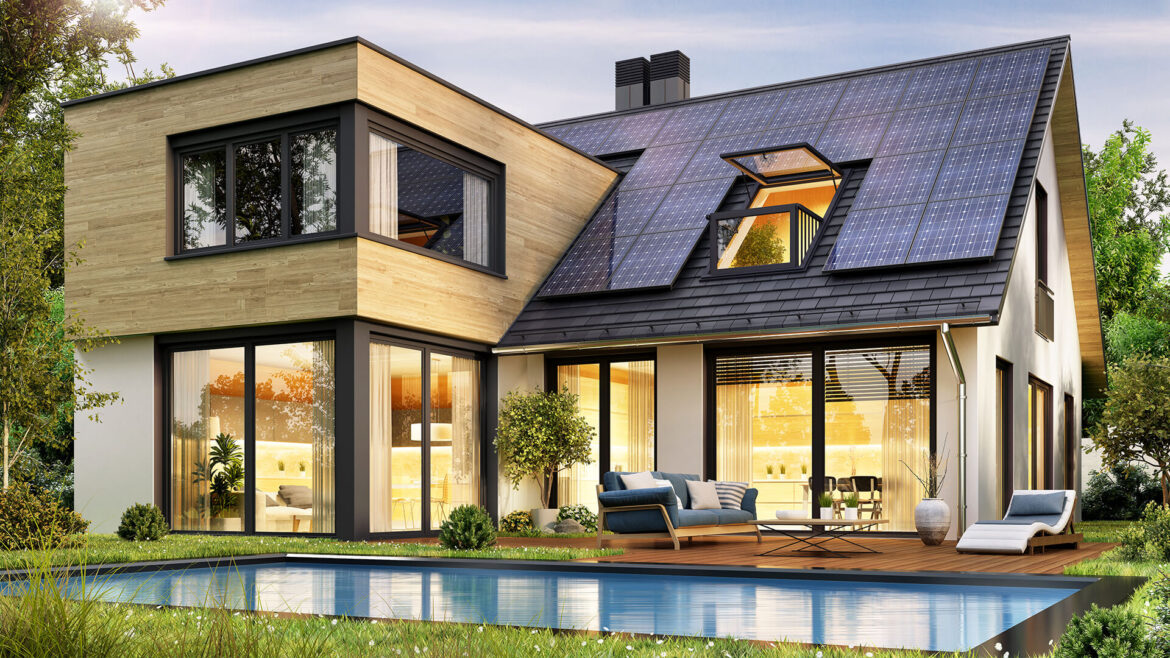“ Let the clean air blow the cobwebs from your body. Air is medicine.”
Table of Contents
Why Eco-Friendly Materials?
The melting poles have been a significant concern to us for a while now. The oceans are already turning into giant trash bins. Our forests are shrinking by miles every year, and the air about us is no longer pure enough to stand for the kind, comforting words of Lillian Russel.
Of the many different ways we pollute the environment, construction alone is responsible for up to %40 of it! That’s why we must consider using eco-friendly materials for construction. Otherwise, we might not live long enough to enjoy the luxury of our homes.
What’s Unique About Eco-Friendly House Materials?
The best and most noticeable feature of eco-friendly home materials is that, in their production, less energy is needed, and no carbon dioxide is released into the air. The former entails saving dollars, and the latter results in saving lives. So, let’s take a look at the most practical eco-friendly house material we can use to keep the one and only sanctuary we’ve got.
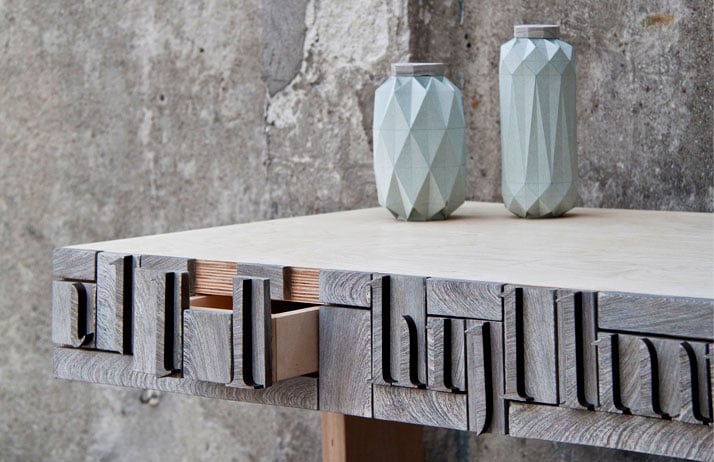
Source: yatzer.com
Newspaper wood
To me, trees are sacred, and we must do everything in our power to save them or at least take their lives as late as possible. That’s why kind-hearted people long ago started to look for alternatives for wood. One such alternative is newspaper wood which has many applications in the construction section. Newspaper wood can’t be used instead of typical wood as it has a different level of resistance.
Yet there are many light objects around the house that we can make using newspaper wood instead of wood or iron. Shoeboxes, bookcases, safes, doors, and window frames are just a number of the things we can make with newspaper wood.
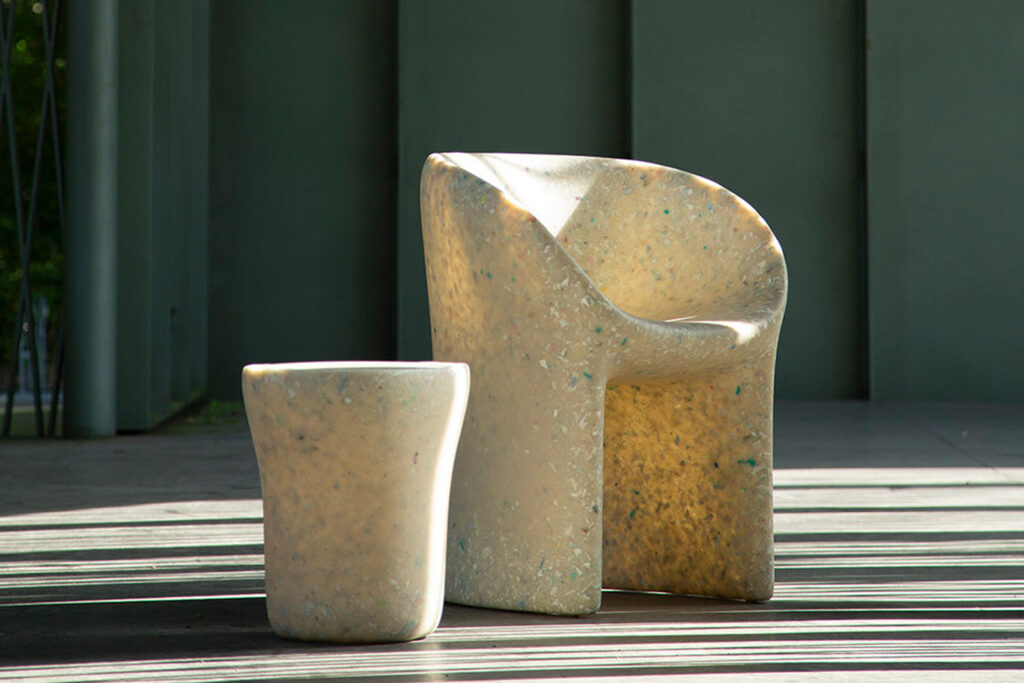
Source: remodelista.com
Recycled plastic
Discarded plastic bags may remain in nature for up to 20 years. Plastic bottles can also survive for up to 450 years. When left out there, plastic usually ends up being consumed by livestock, which is very harmful to them, or it decomposes in the earth, damaging soil structure.
Today, we can recycle plastic bags to make construction materials that are considered strong, durable, and sound-resistant. They prove to be more eco-friendly than common construction materials such as steel, bricks, and cement.

Source: conceptconcretewa.com.au
Ferrock
We can safely say that one of the most destructive elements in the construction industry is “cement.” Apart from the various harmful gasses cement firms release into the air, they use a tremendous amount of fossil fuels in the process.
The best alternative to cement is said to be Ferrock. A construction material made from silica of ground-up glass and waste steel dust that, amazingly, has an appetite for CO2. Do you know what this exactly means?
It means by using Ferrock instead of cement, we reduce the emission of CO2 by %8. Moreover, a greater amount of the existing CO2 in the air won’t turn into greenhouse gas as it is swallowed by the material with which we’ve built our houses.
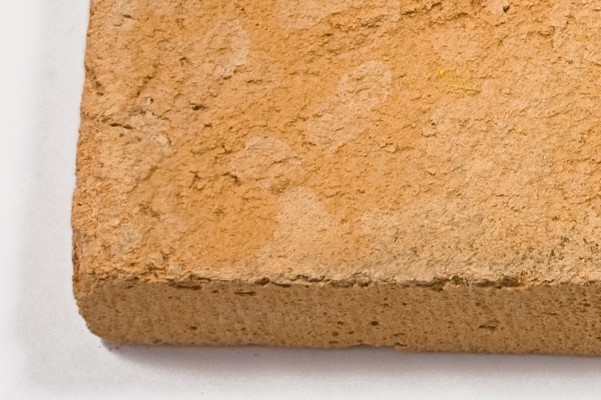
Source: materialdistrict.com
Timbercrete
Another substitute for concrete is much less harmful to the environment. It is a mixture of concrete, sand, sawdust, and non-toxic particles. The sawdust replaces some of the destructive aggregates in cement, making it considerably more eco-friendly.
Panels, pavers, blocks, and bricks are construction materials that we can make with timber crates. Generally, materials made of timbercrete are relatively lighter compared to their counterparts, but their lifespan is much longer.
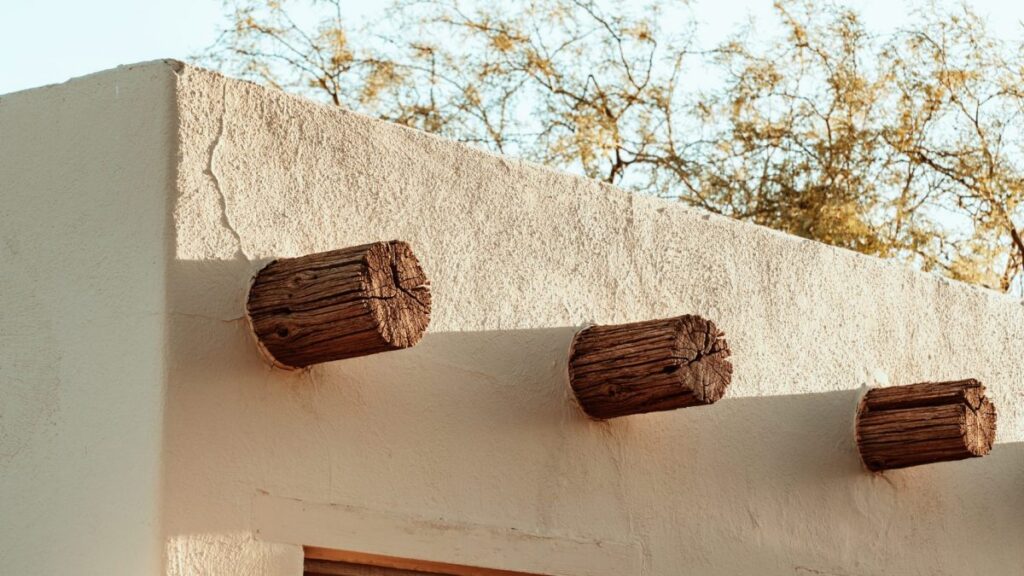
Source: globalgreen.org
Cob
Cob is a construction material that is composed of straw, subsoil, water, and sometimes lime. Its application dates back to ancient times when thick walls were a common practice among builders. None of the components of cob are harmful to the environment, nor is much heat needed to warm homes made with cob. This is because the thick walls (60cm) retain heat for long hours.
Considering their simple structure, houses made from cob are somewhat fire-proof and are admirably resilient to earthquakes. The only problem with cob walls is that they take some time to complete, as each layer must be completely dried before the next layer can be placed.

Source: archdaily.com
Bamboo
A wise choice for those residing in tropical regions, and for that matter, any place where “cold” is a total stranger. It has extraordinary features that make it a genuinely great construction material.
It has a high level of compressive strength despite its low weight, which explains why it was long ago used in the construction of huts, scaffolds, houses, and bridges in regions such as Southeast Asia and South America.
It is interesting to know that the tensile strength of bamboo is higher than steel and not much lower than concrete. Bamboo contains water and silicate acid that makes it highly resistant to fire.
The only concern regarding using bamboo in construction might be that it can be vulnerable to fungus or insect attacks. However, covering bamboo with a thin layer of slaked lime would secure it against any infestation.
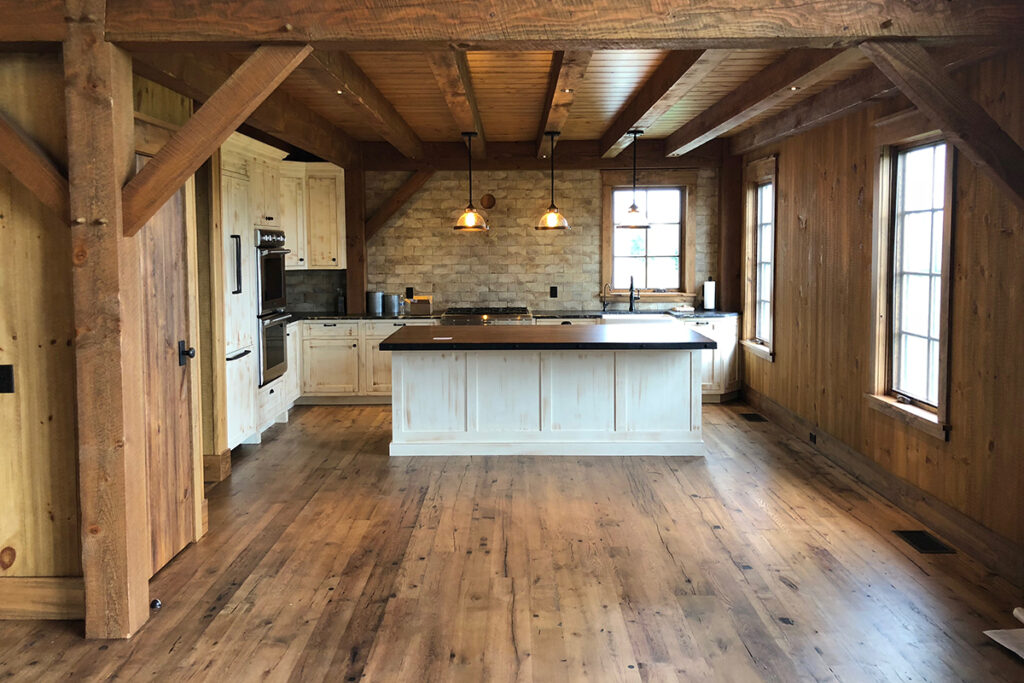
Source: vintagewoodandforgediron.com
Reclaimed wood
Another fantastic way to contribute to the environment is to use reclaimed wood in construction. In doing so, we can literally save millions of trees from “facing the ax.” Reclaimed wood can be used for flooring, structural farming, decks, shelves, shipping crates, cabinets, etc.
Some might rightly argue that reclaimed wood has a short lifespan as it is more susceptible to cracks and woodworm attacks. You can reinforce reclaimed wood by applying oil-based varnishers on them. The good part is that along with reinforcing it, you will also make it look nicer as well. This common practice among nature lovers works out well in every region.
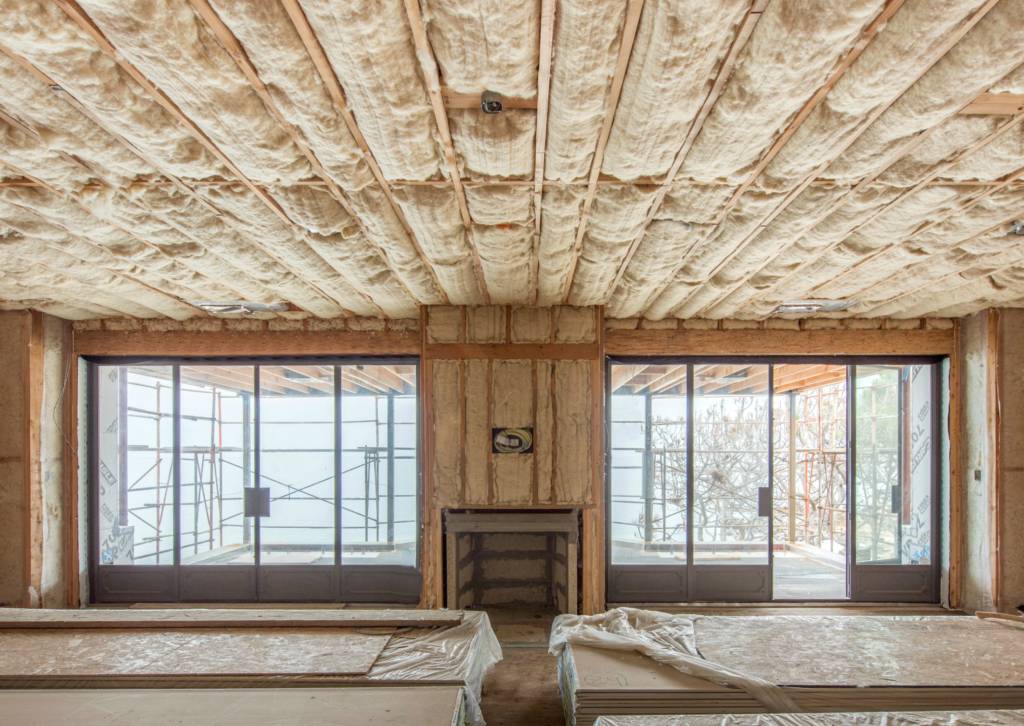
Source: constructionspecifier.com
Wool
While our ancestors used wool in the early houses they made, we have just recently recognized its true value. They would use it as a substitute for hay in mud houses to prevent any cracks in the walls.
Nowadays, wool is used as a cheap yet absolutely effective insulator all over the world. As an insulator, wool improves indoor air quality, absorbs sound and pollutants, and controls humidity, proving to be highly effective.
Containing no chemical component, it is prone to burn much less than other types of contemporary insulators. Another interesting fact about wool is that it is highly heat resistant. Even if it is exposed to fire, it swells and slows down the fire spread.
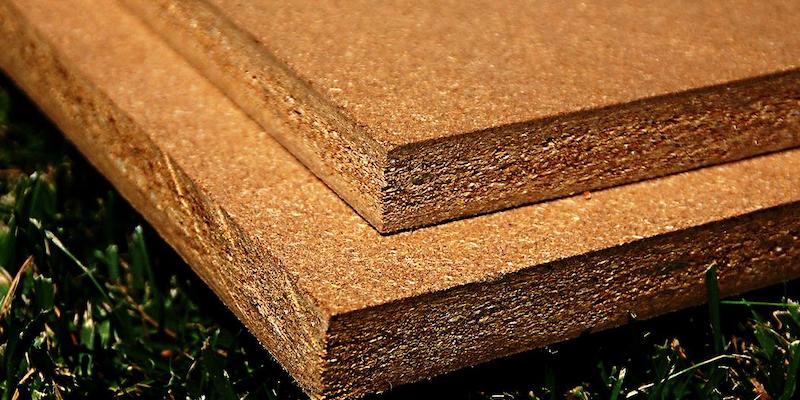
Source: caragreen.com
Wheatboard
A composite made from wax, resin, and straw. Wheatboard is void of any chemicals and is highly fire-resistant. It makes a good candidate for bookshelves, cupboards, beds, doors, cabinets, and staircases. Exposure to water for long hours seems to be less destructive to them than it is to other types of wood, and insects never approach it with residential intentions.

Source: archdaily.com
Mycelium
Definitely the best substitute for glue! Mycelium is a kind of fungus fiber that grows under the surface of the earth.
The good part is that you don’t need to add any substances to it. Just let it dry, and it’s ready to be used.
As an insulator, mycelium is fire-resistant material with exceptional thermal and acoustic properties. It can also be used for packaging purposes. One version of the story is that it can replace conventional bricks in the near future.
To sum up
To help the environment and consequently help ourselves, we don’t always have to plant trees or feed the birds. By not doing the environment any wrong, we have actually taken a giant leap in saving it. Making and using harmful construction materials is undoubtedly one of the wrong things we’ve been doing to the environment.
Many hazardous gases are emitted into the environment by making some common construction materials.
One way to help the environment is to replace such items with eco-friendly house materials in construction. By using such materials, we support the environment in two different ways:
- We don’t destroy any valuable element in nature as we either use recycled materials or make new and different uses of things.
- In the long run, not using common construction materials will result in reduced production of those materials, which in turn, promises a healthier, more welcoming environment.


